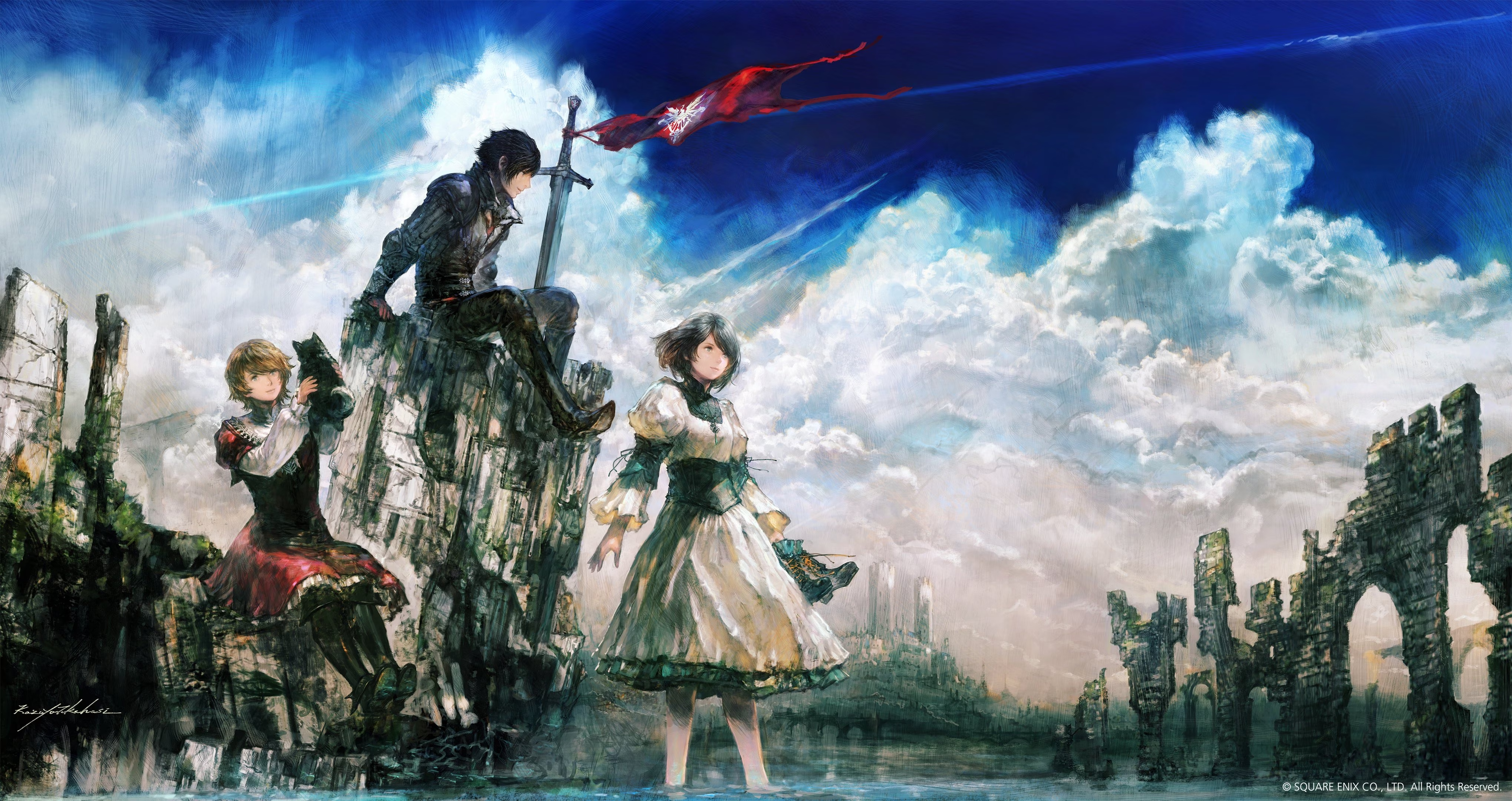Fulfill your dream of designing cool electronics
Retro Gadgets Review
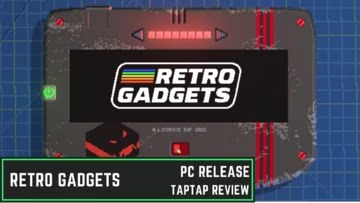

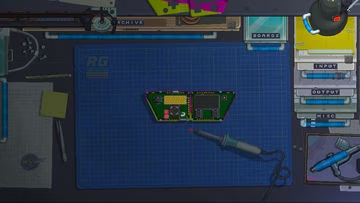
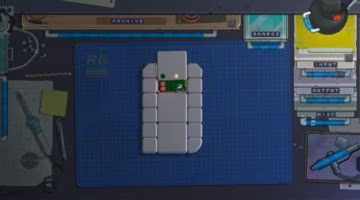
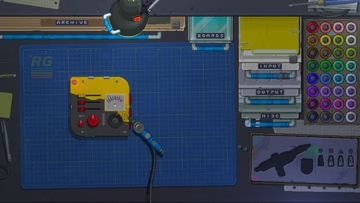
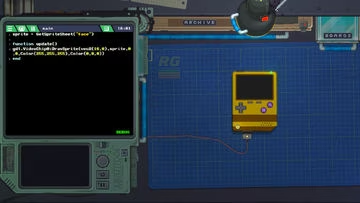

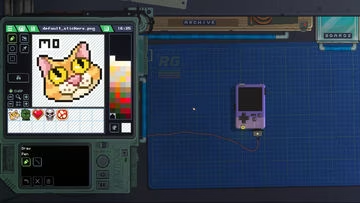
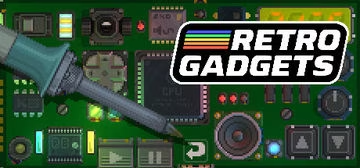
There is no better title for this game other than the name itself “Retro Gadgets”. A sandbox game that is all about designing, theory crafting, tinkering, and building retro style electronic contraptions.
The workbench as you see is everything there is to the game. You design gadgets here, taking out parts from the drawers, pulling tools visible from the sides, placing and connecting many different components and editing their properties in order to produce an output that you desire.
The components in Retro Gadgets — essentially the building blocks of your gadgets — are divided into four simple groups. Boards, Inputs, Outputs and Misc. Boards are what contains and forms the shape of your gadget. Inputs on the other hand are the buttons, knobs, or controls that can send signals, while Outputs are usually what displays the end result of a process such as LEDs, screens, or indicators. Lastly, Miscellaneous are just the rest of the components combined, one of the important ones being processors such as CPU and Audio processors.
You can customize the gadget by selecting the different tools in the game. For example, you can use the airbrush tool to customize the color of the different buttons, chassis, etc. down to the minute detail. It reminds me of MS Paint the way you use the airbrush tool and the way the game’s pixel art style presents itself. You can also use the Soldering Iron to weld different boards and chassis together to form bigger compartments and areas to build into.
How your gadget functions is entirely up to your design, more specifically, your code that the gadget runs and the one that controls its inputs and outputs. It uses a real life programming language — LUA — in its interface and is a big bonus for those looking to add an additional real life skill to their repertoire.
At the same time it’s also a fitting game for the more seasoned programmers looking to design cool electronic gadgets without going through the hassle of soldering, electronics — all the complicated stuff — as well as costing you virtually zero. All this means is that Retro Gadgets is practically well tailored to both newbie and veteran programmers alike.
As you become more acquainted with Retro Gadgets, you will discover and realize it is possible to make more complex contraptions and you might even get addicted to building stuff, where it invokes a feeling similar to games like Factorio or Minecraft, albeit in a more grounded setting. Although for me, the coding environment given to you in-game is a bit limited, with the game’s pixelated nature limited the amount of code you can see on the screen at the same time.
Aside from coding, you can also create pixel art to use as outputs or sprites. Or you can just print and use them as a sticker design for your gadget. You can also just straight up design gadgets visually, forgoing all the functionality and complex programming and focusing on enjoying just the artistic element of it. Retro Gadgets is a sandbox game after all.
Realism wise it is pretty much detached from reality as far as electronics go. As an Electronics Engineer myself, it “gamifies” the gadget building part a lot; for example, the Soldering Iron in the game is used for welding boards and gadget chassis together, very distant from its real use of bonding electronic contact joints together. This is not a bad thing though: Retro Gadgets isn’t a simulator, it is a cool sandbox game that just so happened to have been inspired by building electronics and retro gadgets.
Original link
Originally posted on TapTap.

